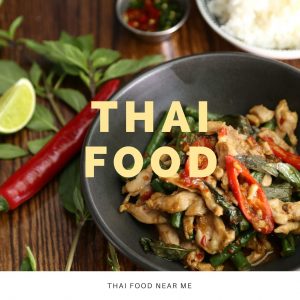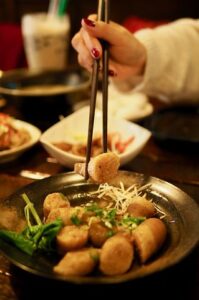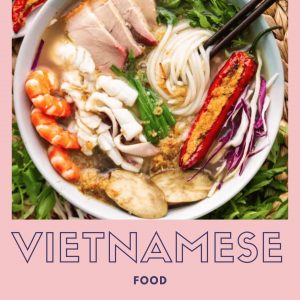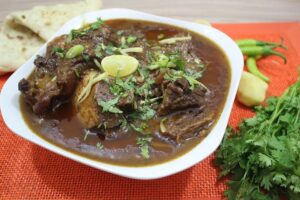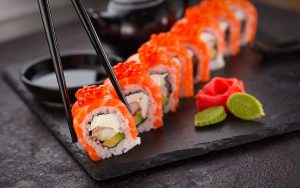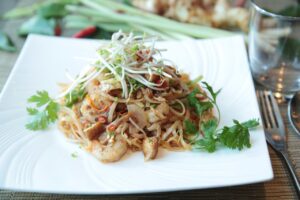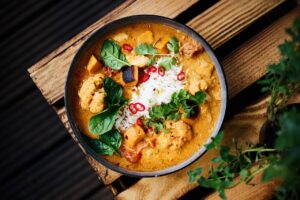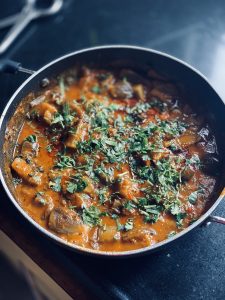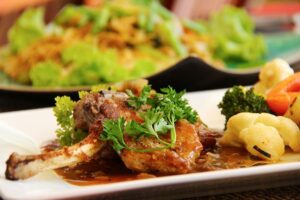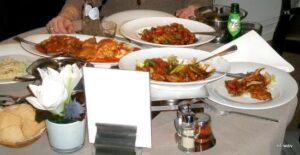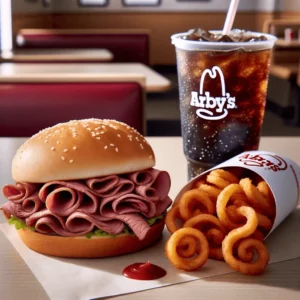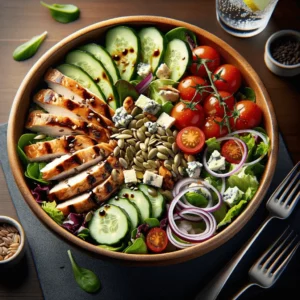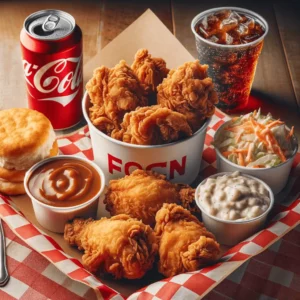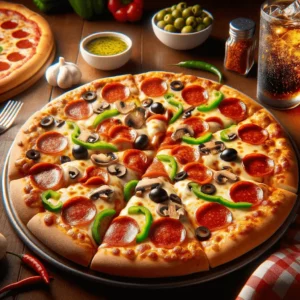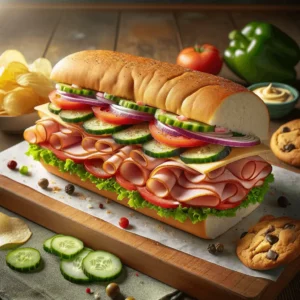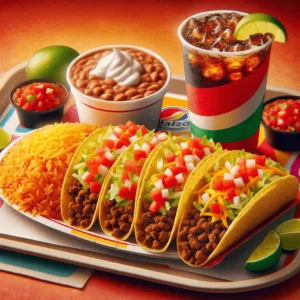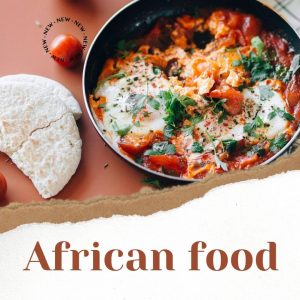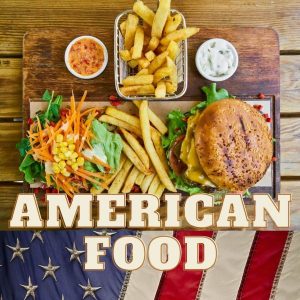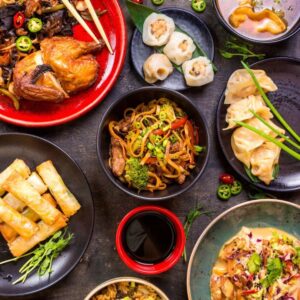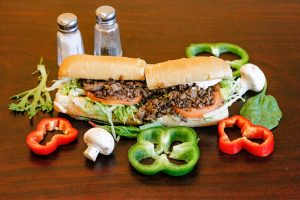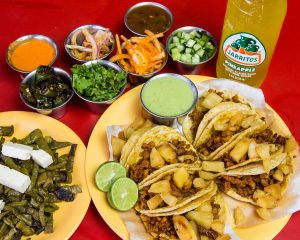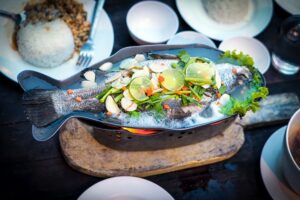Embarking on a Culinary Expedition: Northern Thai Restaurants
Northern Thailand, characterized by its misty mountains and verdant terrains, is home to a unique culinary landscape that stands distinct from other Thai regional cuisines. Northern Thai restaurants, whether nestled in the streets of Chiang Mai or in international metropolises, serve as gateways to this rich and aromatic culinary tradition, offering diners an array of hearty and herb-laden dishes.
Delicacies Born from the Highlands
Khao Soi
Arguably the most famous dish from Northern Thailand, Khao Soi is a creamy, coconut-based noodle soup. With a combination of soft and crispy egg noodles, and often accompanied by chicken or beef, it’s seasoned with a fragrant curry paste and topped with pickled mustard greens, shallots, and lime.
Kanom Jeen Nam Ngiaw
A lesser-known but equally delectable noodle dish, this features rice noodles in a tangy tomato and pork broth, embellished with dried flowers, minced pork, and often cubes of coagulated blood for the more adventurous.
Grilled and Fermented: Echoes of Old Traditions
Sai Ua
This Northern Thai sausage is a fragrant masterpiece, packed with a blend of herbs such as lemongrass, kaffir lime leaves, and galangal. Grilled to perfection, Sai Ua is often enjoyed with sticky rice.
Nam Prik Ong
A savory and slightly spicy tomato and minced pork dip, Nam Prik Ong is reminiscent of a Bolognese sauce but with a distinctly Thai twist. It’s commonly paired with an assortment of fresh and steamed vegetables.
Staples that Sing of Tradition
Sticky Rice
As in other regions, sticky rice is a significant staple in the Northern Thai diet. Often housed in quaint woven baskets, this rice variant is the ideal accompaniment for scooping up dips or pairing with grilled meats.
Gaeng Hang Lay
A curry rich with tamarind and ginger, Gaeng Hang Lay usually features slow-cooked pork belly. Its Burmese influences underscore the ancient trade connections of the region.
Conclusion
Northern Thai restaurants provide an immersive experience into a world where food tells stories of ancient trade routes, cooler climates, and a love for deep flavors. The dishes, characterized by their herbal notes and a lesser reliance on coconut milk compared to central or southern Thai cuisine, are a testament to the region’s resilience and ingenuity. Each bite taken in a Northern Thai restaurant is like stepping into a culinary tale that has been centuries in the making.
FAQs
1. How does Northern Thai cuisine differ from its Southern counterpart?
Northern dishes tend to be less spicy and lean more on the bitter and sour profiles. There’s also a more pronounced use of herbs and less dependency on coconut milk.
2. Is Northern Thai cuisine vegetarian-friendly?
Yes, while many dishes contain meat, many restaurants offer vegetarian or vegan adaptations using tofu, mushrooms, and other plant-based ingredients.
3. What’s a recommended drink to accompany Northern Thai meals?
Chrysanthemum tea or Longan juice are popular choices, offering a sweet balance to the savory dishes.
4. Why are fermented dishes prevalent in Northern Thai food?
The cooler climate of Northern Thailand facilitates fermentation, an ancient method to preserve food, adding depth and umami to dishes.
5. Are Northern Thai dishes very spicy?
While they possess flavorful depth, they are generally milder than dishes from the Northeast (Isaan) or the South of Thailand. However, as always, spice levels can be adjusted to preference in most restaurants.


